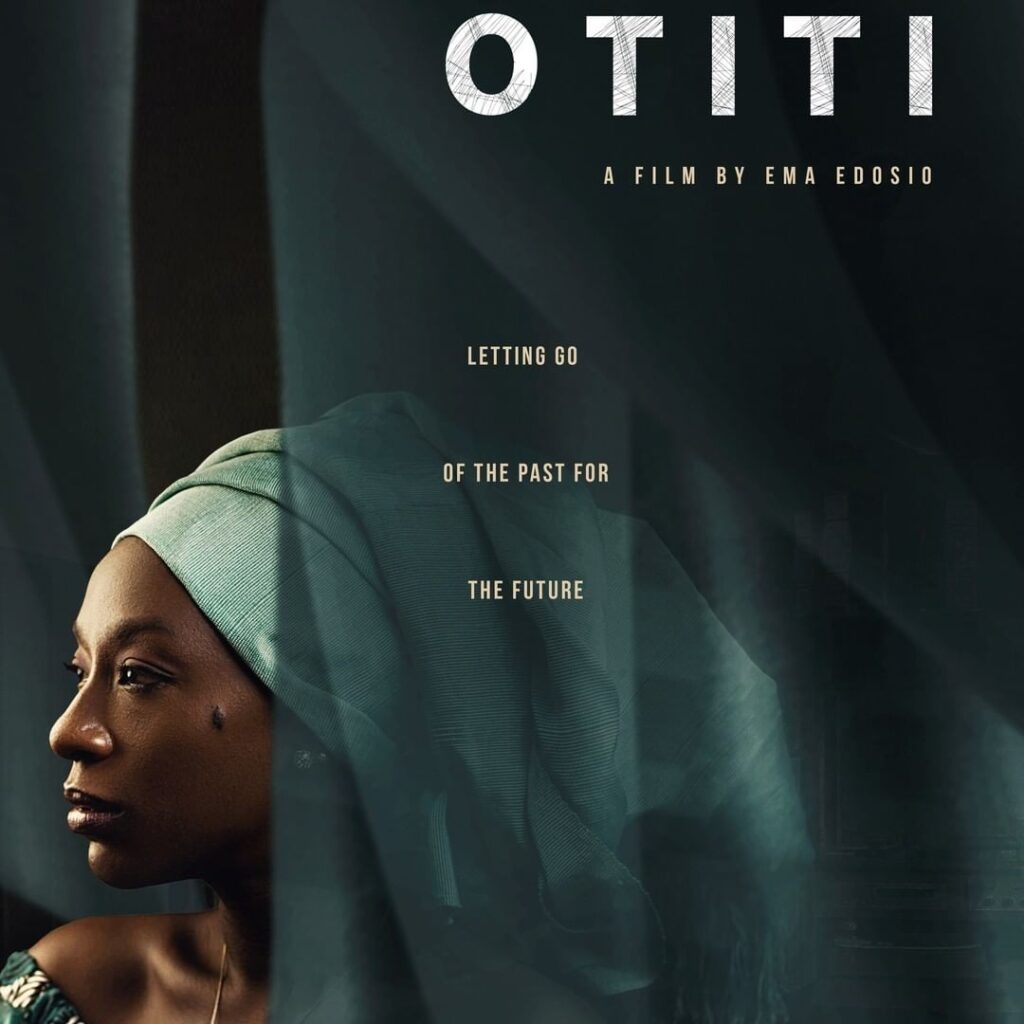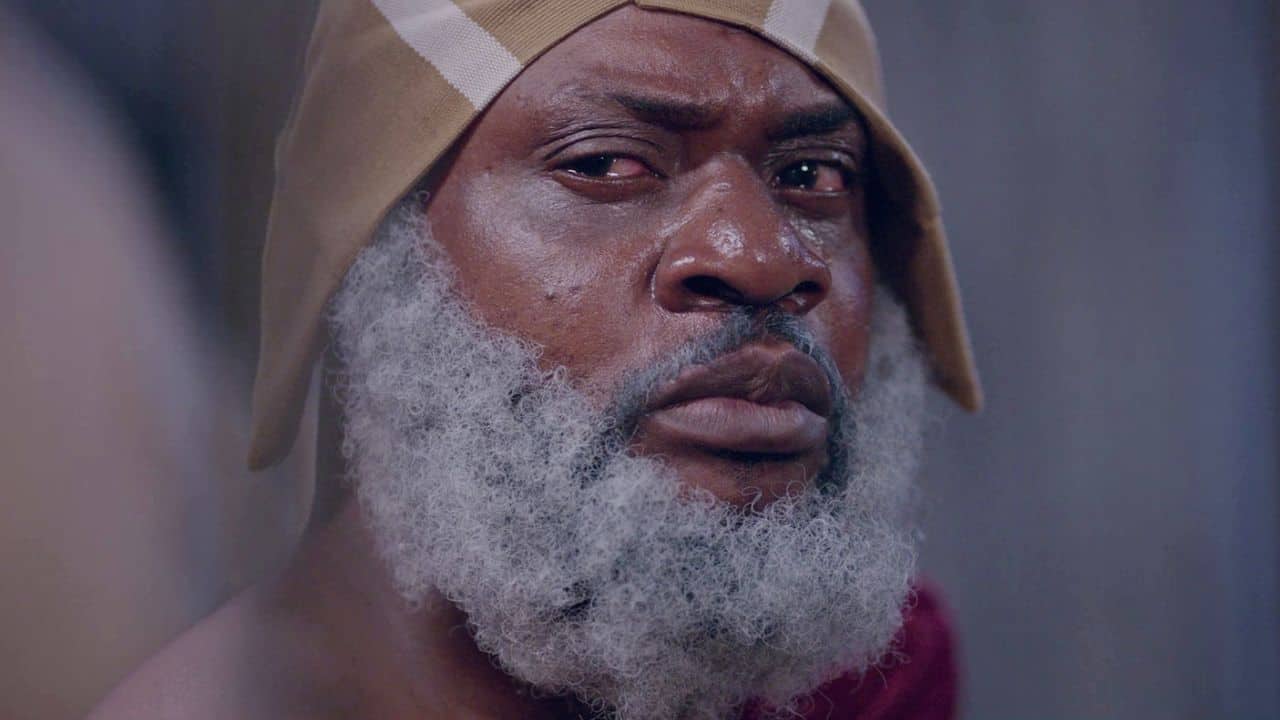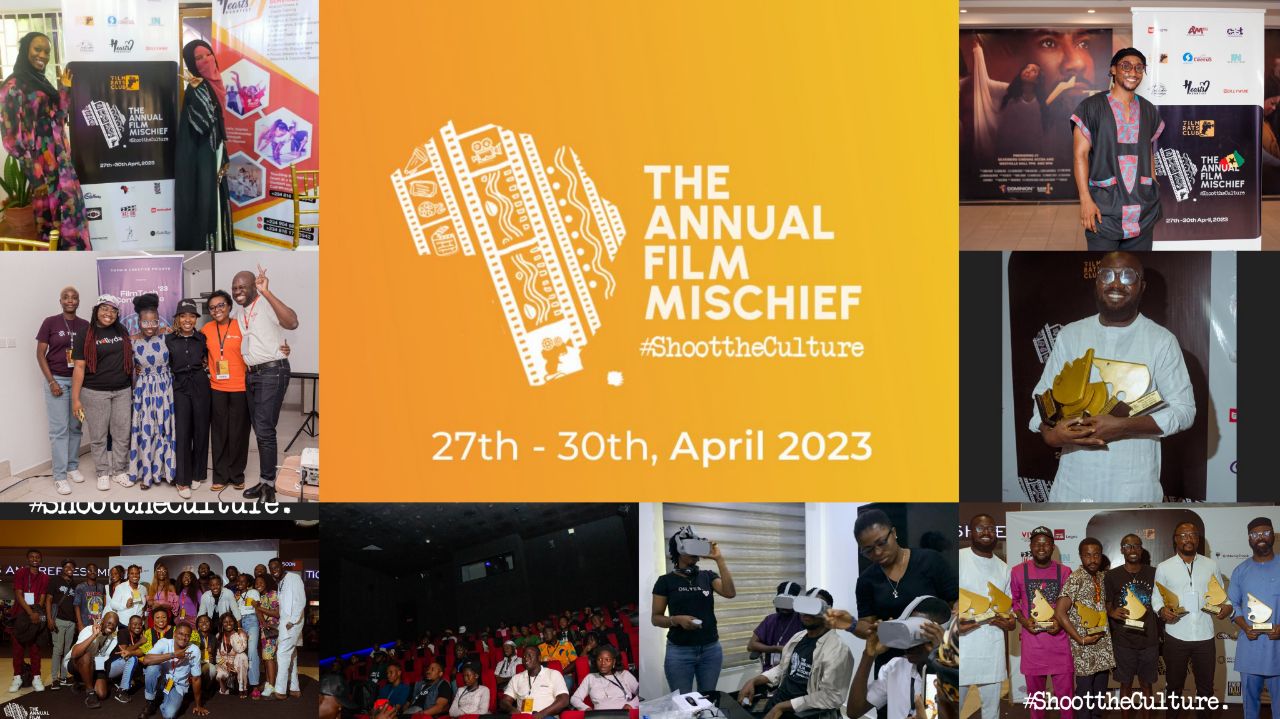There’s a moment in Ema Edosio Deelen’s Otiti, where the titular protagonist is passing through a market, and as is the unfortunate practice in a lot of Nigerian markets, she is being touched and pulled by a thousand and one vendors eager to earn her patronage. This moment, lasting only 15 seconds and played out in slow motion, serves as an efficient visual metaphor to communicate to the audience the state of Otiti’s mind and life. At any point in time, there are multiple things demanding her attention, whether it is an impatient customer expressing their displeasure at the fact that their dress is not yet ready, or her lover giving her the cold shoulder after an argument.
 Indie Film Festival The Annual Film Mischief Confirms 2023 Return, Opens Doors to African Filmmakers
Indie Film Festival The Annual Film Mischief Confirms 2023 Return, Opens Doors to African Filmmakers

Otiti, like Oloture and King of Boys, is a character study, and where it shines is in moments like the above mentioned where the director attempts to get the audience into Otiti’s headspace in a bid to effectively relay her emotional state and cause them to empathize with her. Edosio mainly does this by turning the camera on Otiti’s face, usually when she’s on the move. The scene is played out in slow motion as the haunting melodies of the musical score ring out. If you’re crafting a character study, it is important that you show scenes like these where the protagonist is by themselves; it is necessary that you show what their lives are like outside of their interactions with other characters.
In some films, the main characters feel less like real people and more like entities that exist only for the purposes of the film; they cease to be once the credits roll. The world of a film should always feel bigger and deeper than what is being shown on screen, however, with many films these days, it usually feels like there is nothing beyond the frame, except more two-dimensional void.
The director is able to sidestep such issues in Otiti by giving us these quiet moments with the main character which technically do not “move the plot forward,” but instead serve as a form of visual shorthand to communicate the state of Otiti’s mind. If this were a novel, in those transitory moments, we would get a stream-of-consciousness narration from the main character to fill us in on their reactions to certain events, as well as their hopes, dreams, and general knowledge about their world. But film is a visual medium therefore Edosio has to show the audience instead, and it works. It’s the best thing about Otiti, a film about how sometimes, past traumas and events need to be revisited and dealt with to be able to move forward.
Gina Castel delivers a commendable performance as Otiti. She is able to express the inner turmoil of the character even when she isn’t saying anything. In those quiet moments, you can see the various emotions (loss, grief, frustration, defeat) fighting for dominance on her face. Unfortunately, this is largely where the accolades for Otiti end.
The tagline of David Lynch’s 2006 film, Inland Empire, reads, “A Woman in Trouble,” and that is just what Otiti is— a troubled woman whose mind is the scene of an everlasting storm. Adopted at a very young age, Otiti doesn’t have too many memories of her parents. However, it is clear that these past events, most of which she cannot remember, are causing her a great deal of emotional pain. In the first scene, she is with her boyfriend (Charles Etubiebi) on a picnic and all is going fine until he mentions his desire to have children. The date immediately turns sour as Otiti is not particularly sold on the idea, presumably because she had such a traumatic childhood.
Otiti has a shop on the city’s outskirts where she sews the finest dresses, with the help of two assistants. One day, her friend comes around to tell her about a huge opportunity for her work to be showcased in a prestigious fashion magazine. Otiti is on board with this and decides to register her brand (this is one of the requirements) but then she finds out that she needs her original birth certificate to do that. “Where I wan get original birth certificate from?” is her response. She does not have it and has to cut corners to acquire one when corruption and the red tape of the system force her hand.
A few scenes later, a woman walks into Otiti’s shop and is going through the different styles displayed on the wall when she recognizes one of the faces. It turns out the woman knew Otiti’s parents back in the day. She even offers to take her to meet her father. The situation at her father’s house is dour. The man is sick. His relatives are opting for traditional bone shifters instead of doctors, and his children are bitter and filled with rage and hatred for their father. At this point, there are about four plot threads: a) the one with Otiti and her boyfriend, and whether they will be able to reconcile their differences, b) the one with the friend and the magazine feature, c) the one with the birth certificate, d) the one with her father and his family.
The problem is that Otiti, the film, fails to blend all of them well. The part with her father seems to be the main plot thread since the movie dedicates so much of its runtime to it; however, the conflict here is barely understood by the audience which makes the scenes feel one-note after a while. Otiti barely gets to have conversations with her father and instead has to deal with the ignorant family and the angry children. This part feels like a completely different film. There is an attempt to connect this with the birth certificate plot and the magazine showcase but it doesn’t work because in the end, the latter goes nowhere except for a scene where Otiti breaks down in tears before her friend: “I don tire to dey try.” Here, Otiti represents the ordinary Nigerian, exhausted from our daily struggles that never seem to end.
The film was originally going to be called, “Umuemu Oseme,” which translates to, “The Sins of the Father,” but that would have even been a more misleading title than “Otiti.” This is because the father barely gets any screen time with his daughter. As a matter of fact, he is such a passive character that he might as well have been in a coma the entire time.
Even the logline is barely coherent: “Otiti follows the story of a seamstress who has to take care of her sick father who had abandoned her as a child while her half-brothers rival to take over their father’s properties.” Otiti does not remember her father abandoning her; she barely remembers her mother. Therefore, her decision to take care of him comes out of a misplaced sense of obligation. Also, she brings a doctor to see him once in the entire runtime, and he prescribes some medication. That’s all taking care of her father amounts to. The remaining time is spent by his bedside. In one scene, she meets him sleeping and calls out “sir,” about ten times. Finally, her half-brothers are not feuding with her over any property. Their father dies poor. The film doesn’t even make mention of any inheritance. Their disdain for her is merely an extension of their hatred for their father– a hatred the film fails to explore to any compelling degree. The execution of the film is at odds with its supposed premise, almost as if the story was conceptualized and executed by two different groups of people, centuries apart.
 ‘Elesin Oba’ Review: Netflix’s Adaptation of Wole Soyinka’s Play Dithers on the Bridge of Transition
‘Elesin Oba’ Review: Netflix’s Adaptation of Wole Soyinka’s Play Dithers on the Bridge of Transition
In the third act, Otiti has a moment of breakthrough with her boyfriend. She says about her father, “I see the way him family dey treat am and I don’t want the same thing to happen to me.” It is not clear why she is saying this. Her father did terrible things when he was younger (he sent Otiti and her mother out of the house because she hadn’t given birth to a son). His children hate him because he didn’t treat them with love and respect growing up and are simply paying him back in his own coin. Otiti hasn’t come close to doing any of the above, therefore, the reason she says she doesn’t want to meet her father’s fate at the end of her life is confusing. Even more confusing is when in response to her boyfriend’s question, “Why you con dey push me away?” “You know say I love you,” she says, “Because I dey fear. No be love my mama love my papa but still him drive us comot?” Otiti only found out the reason her father and mother separated a couple of scenes before, so, while she might be refusing to commit to the relationship because of fear, the particular reason she gives rings sincere but anachronistic.
Otiti also tells him, “I no wan dey alone,” and this is a peek into her desires. Throughout the film, she has constantly been framed as alone, even in the company of others, and crowds, and this line confirms, that like the rest of us, Otiti desires meaningful companionship.
The film manages to subvert the common trope of a long, lost child being found by their family when they’re older and welcomed with open arms. Extra points if they’ve been living in poverty while their family is extremely wealthy. In Otiti’s case, she finds no favourable answers in her father’s house, only more trauma. From the way the children hate their father, it is obvious that Otiti was better off growing up without him around. Also, the male children he got seemed to have amounted to nothing of note, and only brought him pain and regret.
One of the film’s themes seems to be that you have to go backwards, sometimes, to be able to move forward, and it delivers on that. Otiti manages to close that chapter of her life and move to the future paying more attention to Odion, her boyfriend, and her business, eschewing fear. The film’s final sequence shows Otiti and Odion on his motorcycle, going into the future together, an expression of relief on Otiti’s face (there’s a similar scene at the beginning after the pair have an argument about having children, and the one at the end serves as a narrative bookend). This image would have been even more evocative if the story had been just a little bit more coherent.
For some reason, virtually all the emotional scenes in Otiti are bathed in this extremely melancholic score which has little variety to it. At first, it is admirable the way it accompanies these moments; however, by the midpoint, when it has been played, again and again, it almost feels like torture. Used sparingly, it could have been brilliant, but instead, it seems to always be in the background, ready to begin droning on at any moment. For that reason, it is little more than a shortcut to get the audience to feel sad or depressed and experience some form of catharsis by the end.
The film’s production and costume design seemed to favor the color orange (seriously, virtually every character has on an orange outfit at least once; I counted) but not for any thematic reason I was aware of. The color was probably chosen to complement the skin tones during the color grading process, but like the music, it feels painfully one-note.
The choice to have all the characters speak pidgin comes off as more artificial than I reckon the filmmaker intended. In a few scenes, the actors seem to be struggling with imbuing their lines with emotion and the words sound unnatural coming from them.
Otiti is a pretty heavy film with barely any moments of levity. It’s the cinematic equivalent of a wedding band that knows how to play only one song. At first, it’s all fun and games and the song gets people dancing. After the tenth repeat, however, everyone is mentally exhausted and returns to their seats. A film can be about one emotion and explore that emotion to the uttermost without punctuating it with any others to create ebbs and flows. However, the craft on display has to be capable of delivering on such an idea. Otiti fails to do this and ends up somewhere between misguided social commentary and irredeemable bore.
I would still recommend this one as even though it gets a few things wrong, there are some it gets right.
Otiti screened at the Africa International Film Festival (AFRIFF) 2022.
Share your thoughts in the comments section or on our social media accounts.
Sign Up: Keep track of upcoming films and TV shows on your Google calendar.
Side Musings
- The scene with Otiti and her boyfriend on the bike reminded me of the ending of Amelie (2001) and Close-up (1990). It’s a very evocative image.
- I liked the imagery at the burial, when her half-brother comes out with the other men, and then wears his red cap while staring blank-faced at Otiti. He has, under the strain of pain and trauma, conformed to become like the rest of them, and the film frames it as a tragic moment.
- Otiti has a number of “frames within frames,” where the main character seems ‘boxed in’ by elements in the scene. The shot that stood out was the one with the red gate.
- The narrative does not do anything interesting with Otiti’s adoptive father. There was ample opportunity here to deepen the thematic resonance, or provide some much-needed drama.






